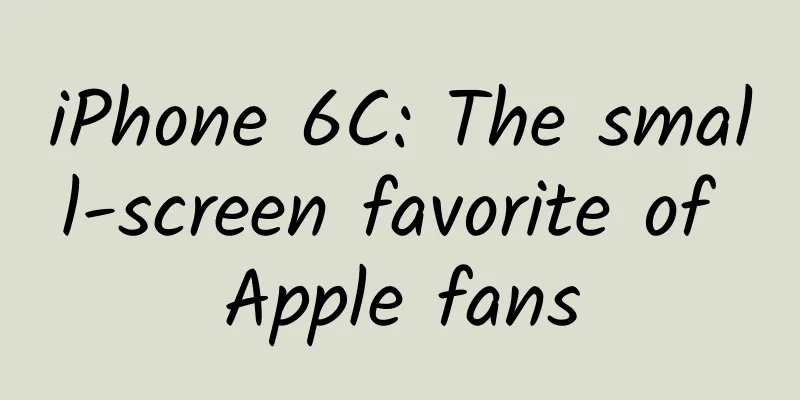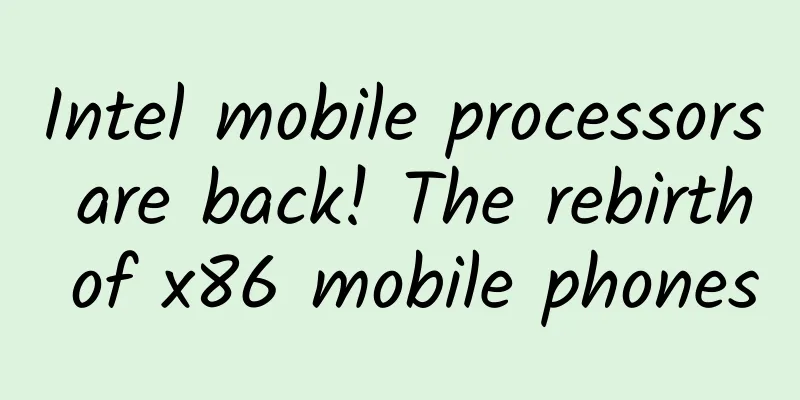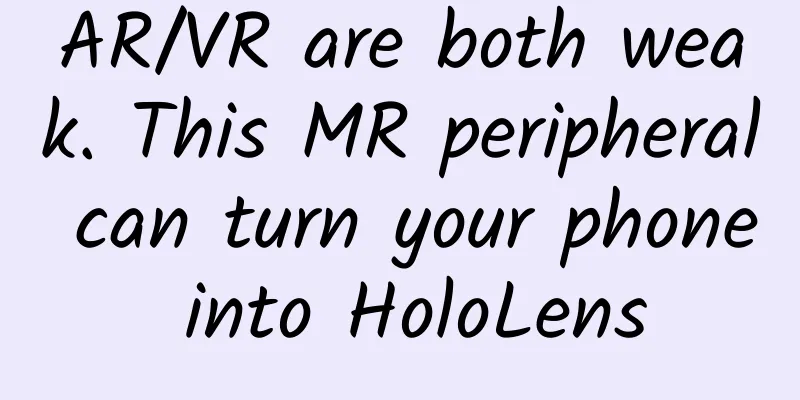Want to experience Google's latest Fuchsia OS on your computer? Try FImage

|
Earlier this week, Google released Fuchsia OS, but it was initially only available to some first-generation Nest Hub users. Now, a group of independent developers have created an easier way to try Fuchsia OS on your computer. First of all, Fuchsia OS is developed in an open source state, which means that developers can download the source code, compile and modify it on their computers, and the system can run on compatible devices such as Google Pixelbook or emulators. Although it is feasible, the threshold for ordinary users is still very high. To help solve this problem, the developers of Dahlia OS (an independent developer team dedicated to integrating the advantages of Fuchsia and Linux into the desktop experience) have carefully designed a new project, Portable Fuchsia Emulator (FImage for short), which greatly reduces the experience threshold. The project packages everything needed for Fuchsia OS to run in the emulator, including a pre-built version of Fuchsia. However, the FImage project still has a certain threshold. The biggest problem is that you need to use a Linux distribution (preferably Ubuntu) on your computer to simulate this emulator. In addition, in order to get good performance in the emulated version of Fuchsia, you need to use a computer with sufficient performance - more than 8GB of memory, Intel Core processor, independent graphics card, etc. If your computer meets the specifications, it's basically just a matter of downloading the latest FImage version, unzipping it, and running a few terminal commands. With these, you can be up and running Fuchsia in a few minutes, instead of the hours it would normally take to download and build Fuchsia from source. Keep in mind that all you have is what's publicly available in the open source code for the Fuchsia operating system. Just as the Android Open Source Project doesn't include many of the enhancements seen on Google's Pixel phones, this Fuchsia experience is clearly more basic and intended more for Google employees to test apps than for anyone to use in a real way. |
<<: Why won't my iCloud photos sync with my Mac?
>>: iOS 14's most controversial feature, should it be removed?
Recommend
Exchange cooperation tutorial: Things you don’t know about exchange
1. The significance of volume exchange cooperatio...
Analysis of "9377 Games" advertising strategy and marketing effectiveness
Today, let’s take a look at a classic promotion c...
If the earth gets hotter, we may not even be able to drink beer?
Climate change is becoming more and more severe. ...
Fan Tianhua · SEO website ranking optimization practical advanced technique guide
Fan Tianhua SEO website ranking optimization prac...
Methods and strategies for creating hit events!
When user characteristics are strong, fine-graine...
PC WeChat article one-click export assistant_resource cat, green software download station
A free WeChat article export tool that can export...
People with myopia, stay away from sweets! Even if your eyesight is poor, you can't pretend you don't see it!
I remember seeing a hot search, "People with...
If these scenes cannot be connected, O2O will not have a perfect ending
[[158286]] The title of CEO has changed from a sy...
January 2023 "Science" Rumors List: Is holding your breath for 40 seconds the standard for recovery from COVID-19? Can fireworks disinfect?
The list of "scientific" rumors for Jan...
Pinduoduo’s user growth skills!
1 The number of active buyers on Pinduoduo reache...
“Crying” can cure diseases! ? It sounds outrageous, but...
Do you remember when you were born? What was the ...
Inventory of brand Spring Festival marketing promotion in 2020!
The 2020 Lunar New Year is approaching. This is a...
The fourth session of the Aiti Tribe Technical Clinic
【51CTO.com original article】 [51CTO original arti...
How can we encourage users to actively share and attract traffic?
01 Since the Internet traffic dividend began to g...
Urgent notice! Apple has once again updated the App Store Review Guidelines, with 25 new additions!
Recently, the editor noticed that Apple has once ...









